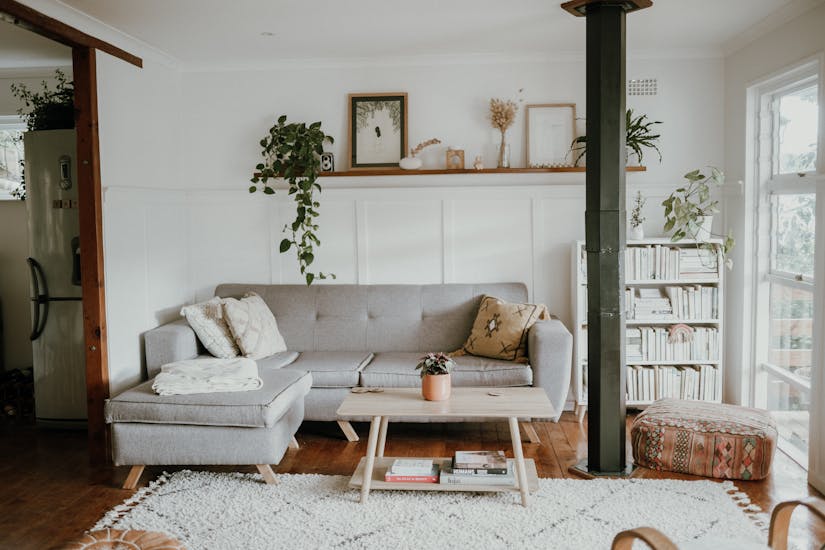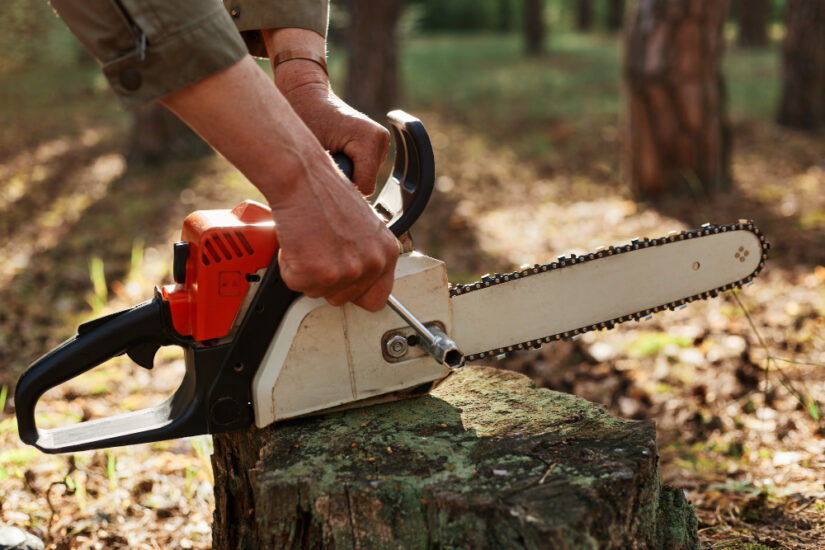Setting up an outdoor living area can transform your yard into an inviting and functional extension of your home. This space can be a perfect venue for entertaining guests, enjoying lovely family time, or simply relaxing. Here are comprehensive steps and ideas to help you create an ideal outdoor living area.
Planning and Design
1. Assess Your Space:
- Measure and Map: Begin by measuring your outdoor area and sketching a rough layout. Consider the size, shape, and topography of your yard to determine the best spots for various elements.
- Purpose and Functionality: Decide how you want to use the space. Will it be primarily for dining, lounging, cooking, or a combination of these? Your intended use will guide your design and layout decisions.
2. Design with Zones:
- Seating Area: Create a comfortable seating area for relaxation and conversation. This could include sofas, chairs, and coffee tables arranged to encourage interaction.
- Dining Area: A dining zone with a sturdy table and chairs can serve as a great place for meals and gatherings.
- Cooking Area: If you enjoy outdoor cooking, consider adding a grill, outdoor kitchen, or even a pizza oven. Ensure it’s placed conveniently near the dining area but safe from flammable objects.
- Activity Space: If you have children or enjoy outdoor games, designate a portion of the yard for play and activities.
Choosing Furniture
1. Durability and Comfort:
- Weather-Resistant Materials: Choose furniture made from materials like teak, aluminum, resin wicker, or wrought iron, which are durable and resistant to weather conditions.
- Comfortable Cushions: Invest in cushions and upholstery that are specifically designed for outdoor use. These should be resistant to moisture, fading, and mildew.
2. Style and Aesthetics:
- Cohesive Design: Select furniture that complements the overall aesthetic of your home and garden. This could be modern, rustic, coastal, or any style that suits your taste.
- Color Scheme: Use a consistent color palette to create a harmonious look. Neutral tones with pops of color can be visually appealing and adaptable.
Adding Shade and Shelter
1. Permanent Structures:
- Pergolas and Gazebos: These structures provide shade and can be adorned with climbing plants or fabric for added protection and aesthetics.
- Patio Roofs: Installing a roof over part of your patio can offer excellent shelter from the sun and rain, making the space usable in various weather conditions.
2. Temporary Solutions:
- Umbrellas: Large outdoor umbrellas can provide flexible and movable shade options.
- Shade Sails: These fabric canopies are stylish and effective for creating shaded areas. They come in various shapes and colors to suit different spaces.
Incorporating Landscaping
1. Greenery and Plantings:
- Planters and Pots: Use planters and pots to add greenery and flowers. They can be moved around to change the look of the space and add vibrant colors.
- Vertical Gardens: If space is limited, vertical gardens or trellises with climbing plants can add lushness without taking up much ground space.
2. Edible Plants:
- Herb Garden: Incorporate a small herb garden near your cooking area. Fresh herbs are great for cooking and add a lovely fragrance.
- Fruit Trees: Dwarf fruit trees or berry bushes can be both decorative and functional, providing fresh produce right in your backyard.
Enhancing with Lighting
1. Functional Lighting:
- Pathway Lights: Illuminate walkways and paths to ensure safety and guide guests through the space. You can head to a site like powerpointelectrics.co.uk to get inspiration and supplies for the types of lighting you want to set up.
- Task Lighting: Provide adequate lighting in cooking and dining areas to facilitate evening activities.
2. Ambient Lighting:
- String Lights: Hang string lights across your seating or dining area to create a warm and inviting atmosphere.
- Lanterns and Candles: Use lanterns and candles for soft, flickering light that adds a cozy feel. Solar-powered options are eco-friendly and easy to maintain.
Adding Comfort and Convenience
1. Heating:
- Fire Pits: A fire pit can be a focal point of your outdoor living area, providing warmth and a place to gather.
- Patio Heaters: For cooler climates, patio heaters can extend the usability of your outdoor space into the colder months.
2. Entertainment:
- Outdoor Speakers: Install weather-resistant speakers to enjoy music or enhance gatherings.
- Projector and Screen: For movie nights, consider an outdoor projector and screen setup.
Maintenance and Care
1. Weather Protection:
- Furniture Covers: Protect your furniture from the elements with durable covers.
- Storage: During extreme weather or off-seasons, store cushions and delicate items in a shed or garage to prolong their life.
2. Regular Cleaning:
- Clean Surfaces: Regularly clean your furniture, grill, and other surfaces to prevent build up of dirt and grime.
- Gardening: Maintain your plants and lawn by watering, pruning, and fertilizing as needed to keep the space vibrant and healthy.
Personal Touches
1. Decor and Accessories:
- Rugs and Throws: Outdoor rugs and throws can add comfort and define different areas.
- Decorative Accents: Use decorative pillows, sculptures, or art to personalize your space.
2. Flexibility and Adaptability:
- Modular Furniture: Consider modular furniture that can be easily rearranged to suit different occasions and needs.
- Multi-Use Items: Select items that can serve multiple purposes, such as storage benches or tables with hidden compartments.
Conclusion
Creating an outdoor living area is an opportunity to extend your home’s functionality and enjoy the beauty of your yard. Regular maintenance will ensure that your outdoor living area remains inviting and functional for years to come, providing a perfect setting for relaxation, entertainment, and family gatherings.




